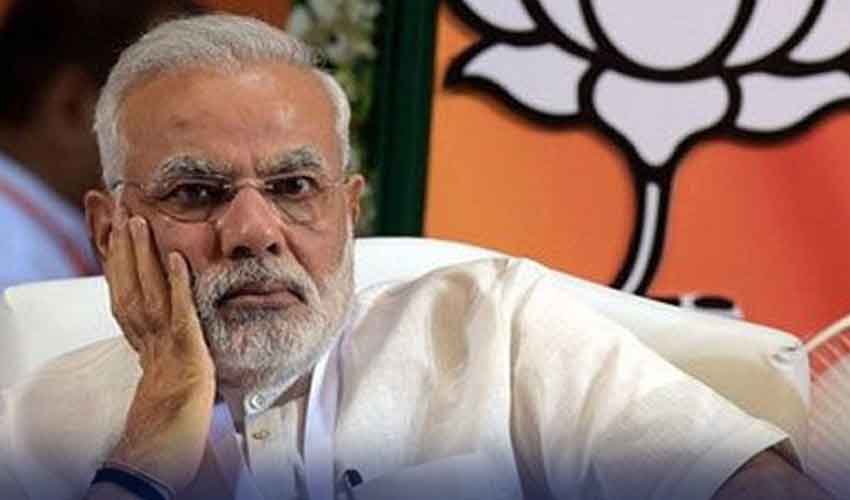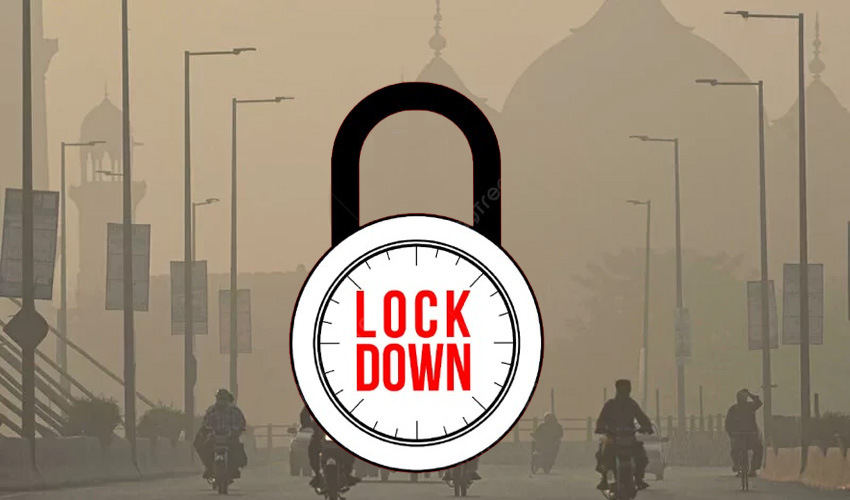According to data released on Thursday, Australian employment increased more than anticipated in April, but the unemployment rate continued to rise to a three-month high as workforce growth outpaced job creation.
The Reserve Bank of Australia (RBA) was expected to raise interest rates again, but that likelihood had dropped significantly from as high as 40% earlier in the month as a result of the increase in unemployment.
With the markets now implying a roughly 54% chance of a cash rate cut as early as December, investors who were still celebrating a slowdown in U.S. inflation and a resurgence of hopes for policy easing there were encouraged.
The Australian Bureau of Statistics reported that net employment increased by 38,500 in April compared to March, exceeding estimates of a 23,700 increase. Part-time employment saw all of the gains, while full-time employment decreased by 6,100.
After being upwardly revised from 3.9% to 4.1%, the unemployment rate exceeded market expectations. While hours worked remained unchanged, the participation rate increased slightly to 66.7%.
According to Bjorn Jarvis, head of labour statistics at ABS, "A 30,000 people increase in unemployment reflected more people without jobs available and looking for work, and also more people than usual indicating that they had a job that they were waiting to start in."
That implied that as those workers began working, employment might increase once more in May, potentially bringing unemployment down.
Despite this, the employment-to-population ratio remained stable in April at 64.0%, suggesting that job growth was barely keeping up with the swift increase in the population.
"This suggests that the labour market remains tight, though less tight than late 2022 and early 2023," said Jarvis.
The Reserve Bank of Australia (RBA) is keen to avoid taking a premature risk by hiking interest rates, as it had anticipated that unemployment would progressively increase to 4.2% by year's end due to employment lagging behind labor force growth.
Already at a 12-year high, rates are severely restricting borrowers throughout the economy.
Despite the first quarter's unexpectedly high 3.6% annual inflation rate, there are indications that pressures are lessening due to extremely low consumer demand and declining wages.
Data released this week revealed that while private sector growth fell for the first time since late 2020, wage growth unexpectedly slowed to an annual 4.1% in the March quarter.
The Labor government in Australia has also announced energy and rent rebates, which it hopes will, at the very least, temporarily reduce consumer price inflation by half a percentage point over the course of the next year.



























